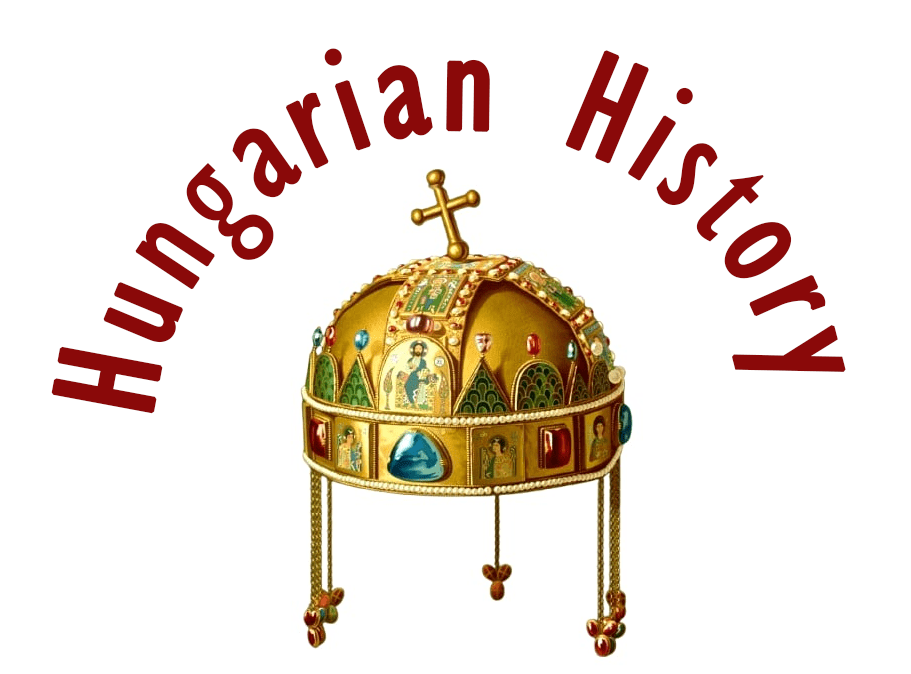András III, the only son of Prince István “the after-born”, “the last golden branch”, whose unexpected death in 1301 extinguished the House of Árpád, was crowned king on 23 July 1290 in Székesfehérvár.

Some of his contemporaries claimed that the House of Árpád had died out with the death of King Kun László. These doubts stemmed from the fact that although his third wife was pregnant at the time of András II’s death, the firstborn son of András II was also said to have been conceived in adultery, according to King Béla IV and Prince Kálmán, who later succeeded to the throne.
Beatrix of Este fled abroad and gave birth to her “after-born” Prince István on German soil. In her native Italy, Beatrix raised István as a royal prince, just as István later did with his only son, András, born in 1265 to his second wife, the Venetian patrician daughter Tomasina Morosini.

András III came to Hungary during the last period of the reign of King László IV. The king was becoming an increasing burden on the country: internal strife and the occupation of the western territories by the Duke of Austria aggravated the public situation. András of Venice faced an additional obstacle on his first journey to Hungary: he was captured in the south and handed over to the Austrian Prince Albert Habsburg.

But he preferred to treat András as a guest to use him against King Kun László. This did not happen because András soon made Albert realize that there was a certain difference in level between the nobility of the House of Árpád and that of the House of Habsburg.

Therefore, when Kun László was murdered in the summer of 1290, András was forced to flee to Hungary disguised as a monk so that the offended Albert would not make his departure dependent on his freedom. The mission was successful, and on July 13, 1290, the last king of the House of Árpád was crowned in Székesfehérvár.

The reign of King András III was marked by a struggle against the rather powerful barons, and his unexpected death brought chaos to the country. Despite his unclear origin, the Hungarian barons united in his interests, certainly in order not to have to fear a strong ruler who would threaten their established power in their parts of the country.
While at the death of King Béla IV, a third of the castles in Hungary were in the hands of the king, when András III ascended the throne, barely a fifth of them were under the ruler’s control, and the four most powerful noble families together held more fortresses than the crown. András also recognized the untenability of the situation, but for the time being he was helpless against it and could not hope for help from abroad. The king had to be content with the fact that the most powerful “little king”, Csák Máté, who ruled the northern part of the country, was at least nominally on his side.

Just over a month after his coronation, at the beginning of September 1290, András III convened a Diet in Óbuda, where he issued his first code of laws. The wording of the decrees promulgated at the Óbuda Diet clearly shows the intention of the king, the church and the common nobility to restrain the lords. But in vain, he was almost immediately forced to act contrary to its decrees due to the continuous pressure of the “petty kings”, while the foreign powers wishing to obtain the Hungarian throne did not give up their intentions.

András III made another serious attempt to strengthen central power in 1298, at the instigation of the church and the nobility. The national assembly held in Pest recorded that the king’s “indolence” had led to no progress in ending the anarchic conditions since 1290, and obliged the monarch to enforce the laws. The document, known as the Second Code of András III, did not suggest how the monarch could obtain sufficient military force to enforce his will.
Finally, András chose an unusual solution: he concluded a private treaty with the five barons he considered most loyal – including Abadé Aba, who had been appointed palatine – and with their combined military force subdued both Máté Csák and the Kőszegi, with whom he even became related by marriage through an Italian relative.

Not long after, the King of Naples, Charles II, sent his grandson to Hungary in the summer of 1300 to incite the provincial lords, but the 13-year-old boy did not enjoy the support of the Pope or any other power, so he was unable to influence Hungarian politics – even the pro-Anjou lords and priests considered sending Caroberto to Hungary an ill-advised move.
It is still a question of what caused the sudden death of Andrew III in the first weeks of the following year. Many immediately suspected poisoning – the king’s mother, Morosini Tomasina, had also died under unclear circumstances just a month earlier – but it is possible that he died of some illness.

What is certain is that with his death the country sank into a deeper crisis than that experienced under Ladislaus IV, and its elimination lay with the young Carobertó whom we know as King Károly Róbert.
(Source: Kásler Miklós, and https://24.hu/tudomany/2023/01/14/magyar-kiraly-halala-andras-kozepkor-tortenelem/)
Dear Readers, I can only make this content available through small donations or by selling my books or T-shirts.
Please, support me with a coffee here: https://www.buymeacoffee.com/duhoxoxa
You can check out my books on Amazon or Draft2Digital. They are available in hardcover, paperback, or ebook:
https://www.amazon.com/dp/198020490X or at https://books2read.com/b/boYd81

My work can also be followed and supported on Patreon: Become a Patron!http://Become a Patron!
Become a Patron! Donations can be sent by PayPal, too: https://tinyurl.com/yknsvbk7


https://hungarianottomanwars.myspreadshop.com/all
Subscribe to my newsletter here: https://tinyurl.com/4jdjbfkn

